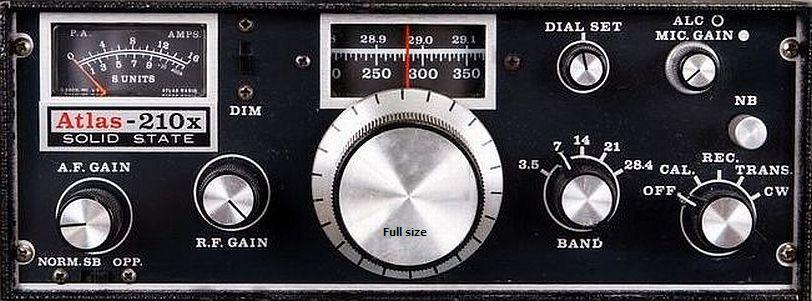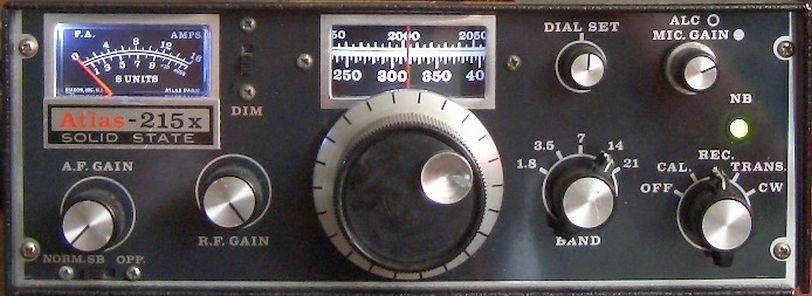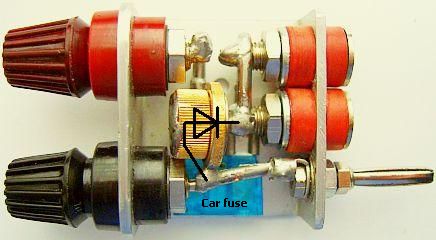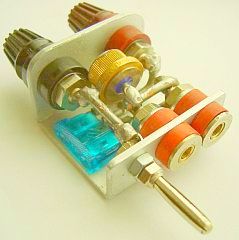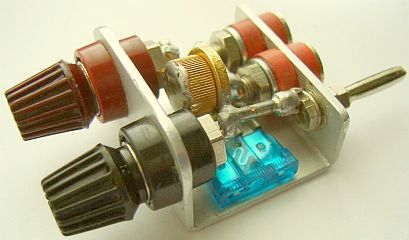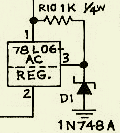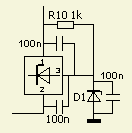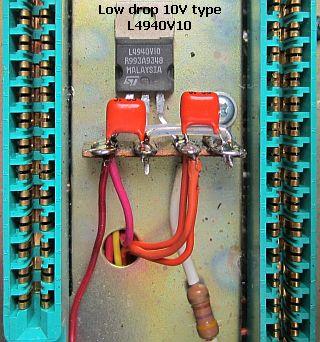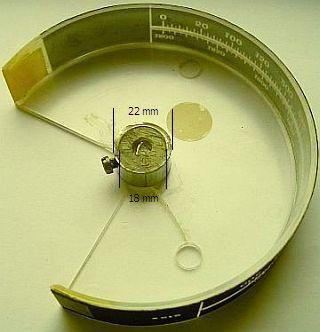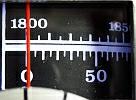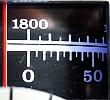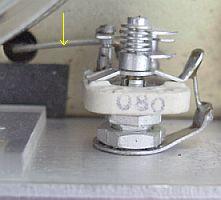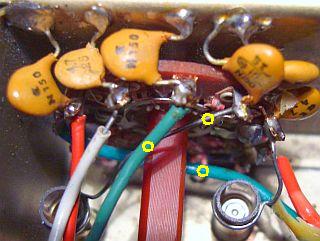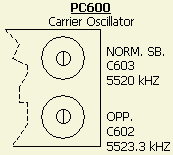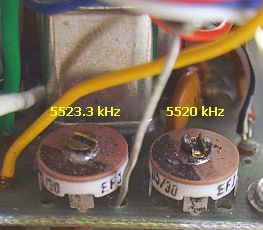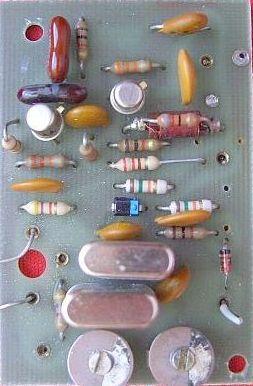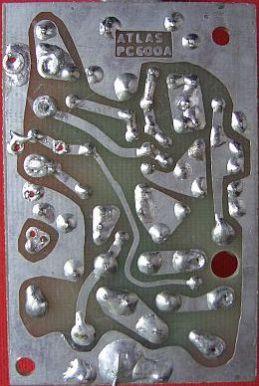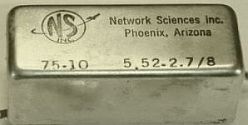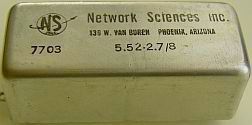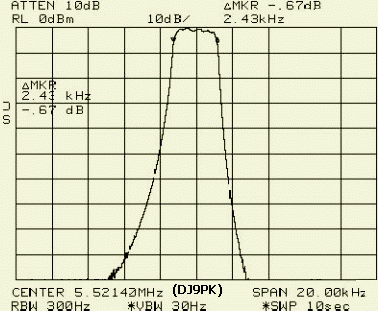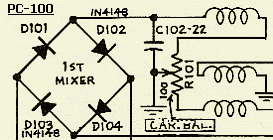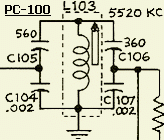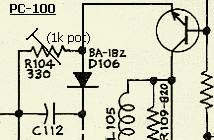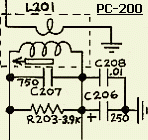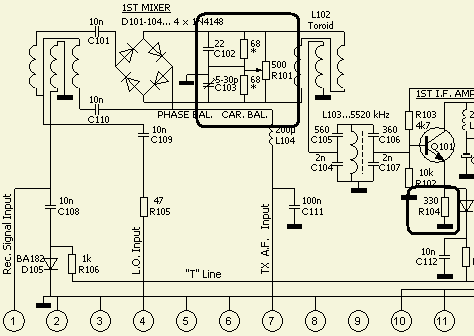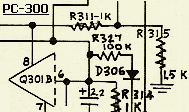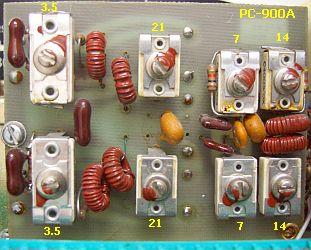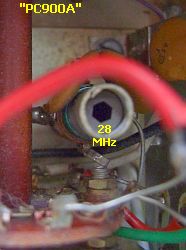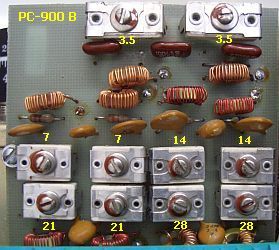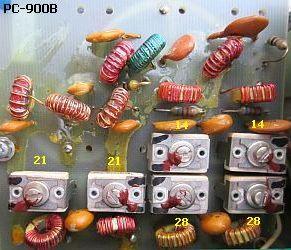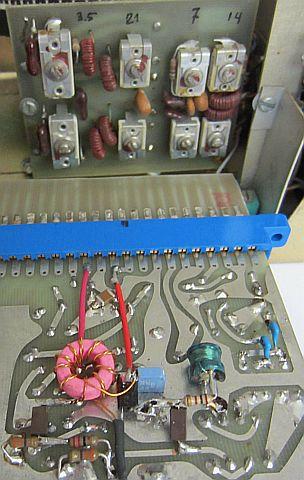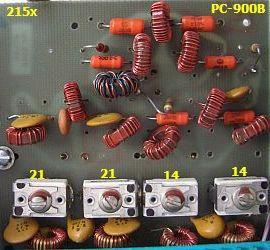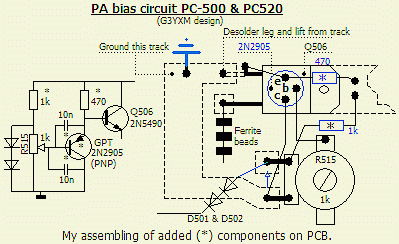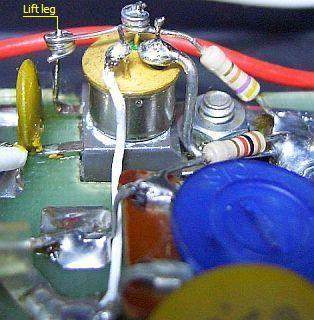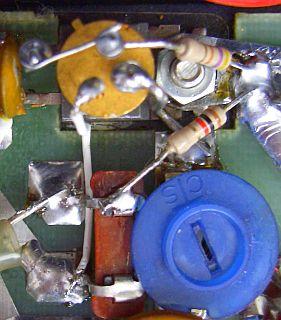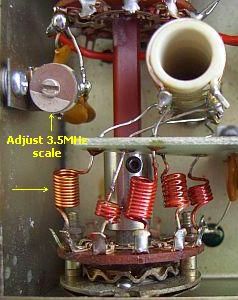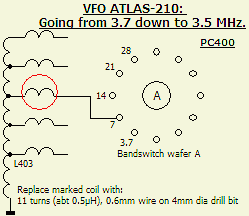Over the years I purchased via eBay or flea markets Atlas-210, two -210x, -215x and a discarded -210x. The advantage of all purchases is that I have access to various types of A, B, C and D PCB's so that comparison is possible. A good opportunity to get more insight into developments that have been applied.
Atlas products are suitable backup transceivers, simple structure, easy to operate, repair, or modify. By the use of plug-in boards, one can test their own ideas or temporary or permanent installs a modification. The sets have a quiet receiver without a preamplifier and as receiver only consume 150 mA with standard illumination switched off. With installed LED's the total power consumption is only about 160 mA! Peanuts compared to modern sets with there at least 1000 mA power consumption in standby! In case of emergency you at least can operate SSB twenty-four hours from a hefty car battery.
Cons: Not designed for telegraphy, probably because US hams use mainly SSB. Operate with CW works but is cumbersome. AGC can be better and several owners are faced with blown PA transistors, probably due to oscillation of the output stage or a high ambient temperature. Hams use the set in their cars driving in sunny states.
Almost all schematics in my Atlas articles are drawn with sPlan.
